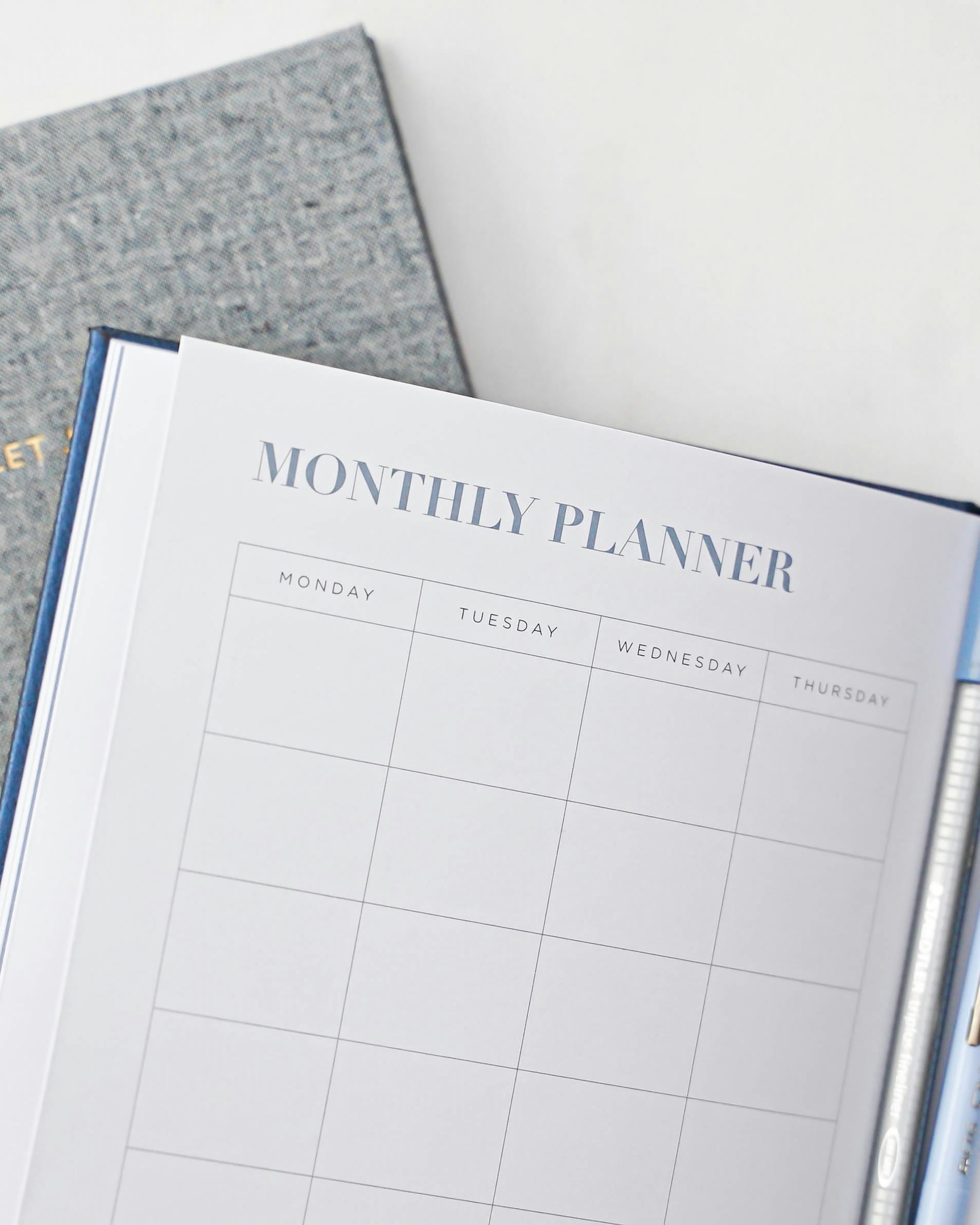Eco-Friendly Packaging Solutions in Fashion Retail: Strategies, Benefits, and Implementation

Photo by feey on Unsplash
Introduction: The Shift Towards Eco-Friendly Packaging in Fashion Retail
The fashion industry is undergoing a significant transformation as brands and retailers respond to increasing consumer demand for sustainability. Eco-friendly packaging has emerged as a critical strategy, not only for reducing environmental impact but also for building brand loyalty and meeting modern ethical standards. Fashion retailers of all sizes are exploring ways to minimize waste, reduce carbon footprints, and embrace materials that are recyclable, biodegradable, or reusable. This article provides a comprehensive guide to adopting eco-friendly packaging in fashion retail, including real-world examples, actionable steps, and practical solutions.
Understanding Eco-Friendly Packaging: What Makes Packaging Sustainable?
Eco-friendly packaging refers to materials and designs that minimize harm to the environment throughout the product lifecycle. Key characteristics include recyclability, biodegradability, compostability, and the use of renewable or recycled content. For fashion retailers, this often means replacing traditional plastic poly mailers with recycled cardboard boxes, compostable mailers, or reusable fabric bags. The packaging should also be designed with minimal material usage and optimized for shipping efficiency to further reduce environmental impact [5] .
Benefits of Eco-Friendly Packaging for Fashion Retailers
Adopting sustainable packaging offers a range of benefits:
- Environmental Impact Reduction: By using recycled, biodegradable, or reusable materials, retailers can significantly decrease waste and lower their carbon footprint [1] .
- Brand Differentiation: Eco-conscious packaging is increasingly becoming a consumer expectation. Brands that lead in this space can stand out and attract environmentally aware shoppers [2] .
- Regulatory Compliance: Many regions are implementing stricter packaging and waste management regulations. Sustainable packaging helps retailers comply with these laws.
- Enhanced Customer Experience: Innovative packaging, such as custom-printed recycled boxes or compostable wraps, can create memorable unboxing experiences and drive social sharing [3] .
Popular Eco-Friendly Packaging Materials and Solutions
There are several proven alternatives that fashion retailers can implement:
- Recycled Cardboard Boxes: Used by major brands like Zara, these boxes are made from previously recycled materials and are recyclable after use. Zara’s boxes are reused up to five times before being recycled again, exemplifying closed-loop sustainability [1] .
- Compostable Mailers and Biodegradable Tissue Paper: Brands such as Unwrapped Life use compostable paper to wrap products, eliminating persistent plastic waste [3] .
- Recycled Poly Mailers: These waterproof mailers are made from recycled plastic and can be reused or recycled again. They offer similar protection as conventional mailers but with a lower environmental impact [5] .
- Reusable Packaging: Some companies, like RePack, offer packaging that customers can return for reuse, dramatically reducing single-use waste [1] .
- FSC-Certified Kraft Paper: Kraft paper mailers and boxes made from responsibly managed forests are both recyclable and biodegradable, providing a stylish and sustainable option [4] .
Case Studies: Leading Fashion Brands Embracing Eco-Friendly Packaging
Several prominent fashion retailers are already demonstrating the viability and impact of sustainable packaging solutions:
- Zara: The fast-fashion giant has committed to using 100% recycled cardboard boxes and paper bags for online and in-store purchases. These materials are reused multiple times before recycling, aiming for zero waste in stores and logistics by 2025 [1] .
- Calvin Klein (PVH Group): 74% of their packaging is now recyclable, with a goal to use 100% sustainable materials by 2025. PVH has also joined the How2Recycle initiative, including detailed recycling instructions on packaging to help consumers dispose of it properly [2] .
- Unwrapped Life: This brand has prevented over 1.5 million plastic bottles from being manufactured by switching to compostable paper for their product wraps and making their fulfillment process paperless [3] .
How to Implement Eco-Friendly Packaging in Your Fashion Retail Business
Adopting sustainable packaging requires a structured approach. Here’s a step-by-step guide:
- Assess Your Current Packaging: Conduct an audit of your existing packaging materials and processes. Identify single-use plastics, excessive packaging, or non-recyclable components.
- Research Sustainable Alternatives: Explore options such as recycled cardboard boxes, FSC-certified kraft mailers, compostable bags, and biodegradable tissue paper. Consider the specific needs of your products, such as protection, presentation, and branding [4] .
- Engage with Suppliers: Discuss your sustainability goals with packaging suppliers. Many offer eco-friendly product lines and can provide samples or customization options.
- Test Packaging Solutions: Before a full rollout, test new packaging with a subset of products or customers. Solicit feedback on appearance, durability, and ease of recycling.
- Educate Staff and Customers: Train your staff on sustainable packaging practices and inform customers about how to recycle or compost packaging. Consider joining initiatives like How2Recycle, which provides standardized recycling instructions [2] .
- Measure and Improve: Track waste reduction, recycling rates, and customer feedback. Use these metrics to refine your packaging strategy and communicate your progress to stakeholders.
If you’re unsure where to begin, you can search for sustainable packaging suppliers by using search terms like “eco-friendly packaging suppliers for fashion” or “FSC-certified packaging manufacturers” and consult industry publications for supplier directories.
Common Challenges and Practical Solutions
Implementing eco-friendly packaging can present obstacles, but solutions are available:
- Cost: Sustainable materials can be more expensive than conventional ones. To mitigate costs, order in bulk, streamline packaging sizes, or pass on a minimal surcharge to consumers who increasingly expect sustainable practices.
- Material Performance: Some eco-friendly materials may not provide the same protection as plastic. Address this by selecting robust recycled cardboard or testing compostable mailers for durability before widespread adoption.
- Consumer Confusion: Customers may be unsure how to dispose of new packaging. Provide clear, printed instructions on each package and refer to third-party recycling programs like How2Recycle [3] .
Alternative Approaches and Innovations in Sustainable Packaging
Fashion retailers can explore additional strategies such as:
- Refill and Reuse Programs: Some brands offer packaging that consumers can return for reuse, incentivizing participation with discounts or loyalty points.
- Minimalist Packaging: Reduce material usage by eliminating unnecessary layers, using smaller boxes, or shipping items in their own protective sleeves.
- Digital Receipts and Paperless Fulfillment: Eliminate printed receipts and packing slips to further reduce waste.
Steps to Access Eco-Friendly Packaging Solutions
To get started with eco-friendly packaging in your fashion retail business, you can:
- Contact established packaging suppliers and request information on sustainable options.
- Search for “sustainable packaging fashion retail” on reputable business and industry platforms.
- Consult with trade associations or government agencies focused on sustainability for up-to-date guidance and supplier recommendations.
- Attend industry events and webinars that focus on sustainable retail practices to learn from leaders and innovators.
If you need personalized support, consider reaching out to sustainability consultants or joining industry groups dedicated to eco-friendly retailing.

Photo by chen yanhui on Unsplash
Conclusion: Embracing the Future of Sustainable Fashion Packaging
Eco-friendly packaging is rapidly becoming the standard in fashion retail. By adopting recyclable, biodegradable, and reusable materials, brands not only contribute to a healthier planet but also build trust with increasingly conscious consumers. With a thoughtful approach-assessing current practices, implementing sustainable alternatives, and educating both staff and shoppers-fashion retailers of all sizes can achieve meaningful progress toward sustainability goals, reduce costs in the long run, and enhance their brand reputation.
References
- [1] Weavabel (2019). Which Brands Have Adopted Sustainable Retail Packaging?
- [2] Pregis (2020). 7 Brands That Are Using Sustainable Packaging to Boost Social Sharing-and Social Good
- [3] Peoplevox (2023). 7 Brands Who Have Embraced Eco-Friendly Packaging
- [4] Affix Apparel (2025). Sustainable Packaging for Clothing: Eco & Stylish Solutions
- [5] Sourceful (2025). The Ultimate Guide to Eco-Friendly Clothing Packaging



